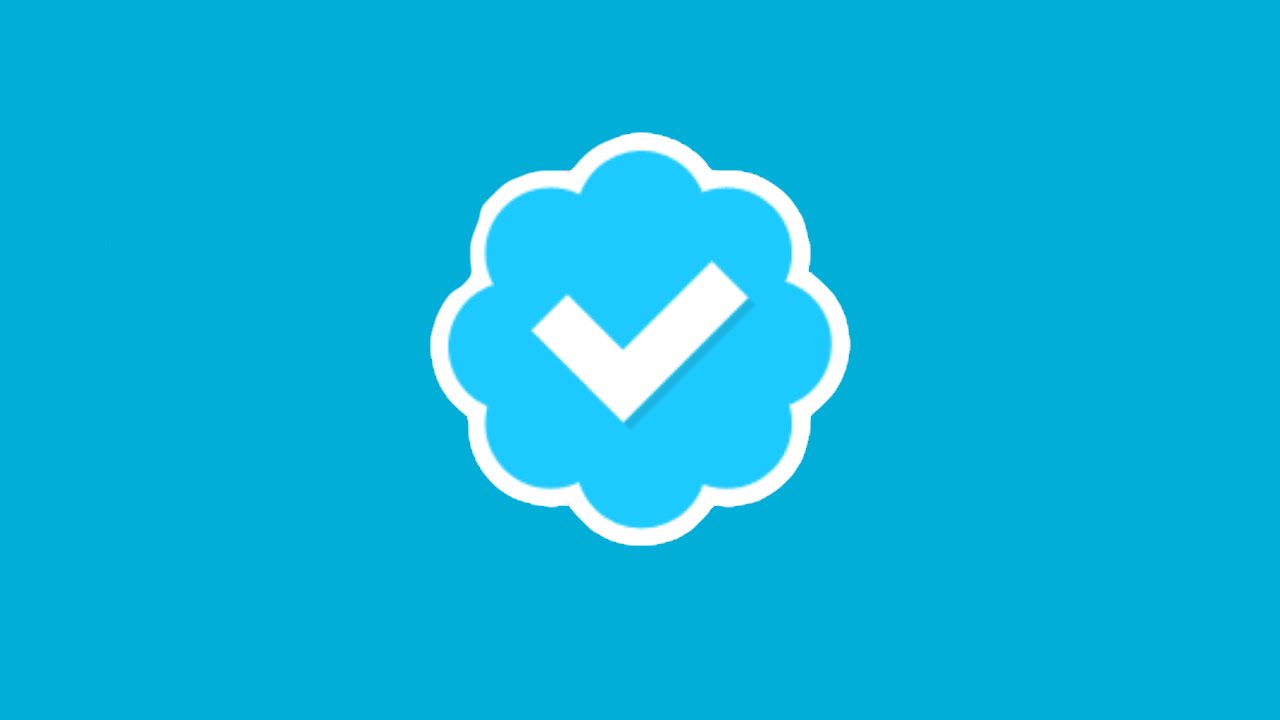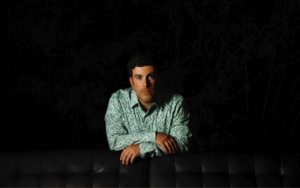
Last month Twitter announced plans to open up the application process for verified accounts (Twitter accounts that have that little blue “verified” badge) to people and companies of public interest. Previously Twitter would only verify high-profile brands and figures.
“Public interest” is pretty subjective, to be sure, but the way I see it, if your 300 friends want to see what you tweet — and you’re not a bot — then I’d say you have a public that’s interested.
And given that this change was announced along with details about the specific application criteria, many bloggers could be forgiven for assuming it meant that verification was truly democratized (in the way we use that word to mean available to all).
“Open” as in: anyone can be verified as long as you can prove who you are and your Twitter profile picture isn’t an egg.
For the curious, here’s what Twitter requires in the application process for verification:
- A verified phone number
- A confirmed email address
- A bio
- A profile photo
- A header photo
- A birthday (for accounts that are not company, brand, or organization accounts)
- A website
- Tweets set as public in Tweet privacy settings
And then there’s this last important bit:
We’ll ask you to tell us why we should verify an account. If the account represents a person, we want to understand their impact in their field. If it represents a corporation or company, let us know their mission.
When providing URLs to support your request, choose sites that help express the account holder’s newsworthiness or relevancy in their field.
Ari Herstand expressed our hopes well when he said in a recent DMN article that “It only took Twitter about 10 years, but they have finally opened up account verification to the non-elites.”
But did they? I applied for verification, stating in my application that I’m the editor of a blog that is read by hundreds of thousands of people every month, and that I’m a widely published and award-winning poet, and that I’m a musician with a number of releases to my name. I got a rejection email with no specifics. I responded asking which criteria I hadn’t met. Delivery Status Notification (Failure). Of course.
No, I’m not a star. No, I might not qualify as a “public figure.” But I can at least guarantee that I’m ME! Which is the point of verification after all, right? Wanna see some ID?
So I asked a few other folks, people that in their various domains have far more followers than I, if they’d gone through the same application process. They had, and they’d all be denied.
So WTF? Do you have to be famous to be verified? (Or have a friend on the inside as Ari mentions in his article?) If so, what’s the point in making the process appear open? And why not call it something besides “verification” — something like “platinum power player?”
What about the little guy?
Sure, the proud and entitled part of me is miffed that I didn’t get into the “verified” club, but more to the point, if Twitter’s growth has remained flat for so long, shouldn’t this be the exact kind of thing they make available to all users who can prove they are who they say they are, regardless of their following, clout, or professional stature?
Yeah, I get that the whole verification thing started as a way of differentiating famous people from their less scrupulous imitators, and no one is imitating me. But there’s also been a lot of talk lately about how vitriolic (or worse) certain segments of Twitter’s anonymous or unverified user base can be. Wouldn’t a verification process that’s open to all be one way of combating such attacks (since verified users can already opt to filter their notifications to only communicate with other verified users).
Anyway, this whole experience doesn’t leave me feeling like Twitter is a platform currently all that interested in providing the best solutions for people or companies still BUILDING a brand (I hope to be proven wrong). Trumps and Kanyes welcome, though!
What do you think?
Am I being overly sensitive, or should Twitter throw a few bones to all the “non-elites” out there that comprise the majority of its user base? Let me know in the comments below.
